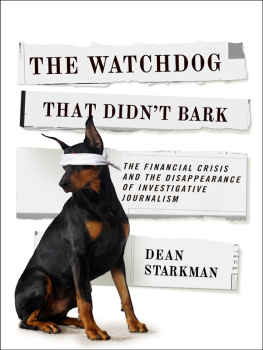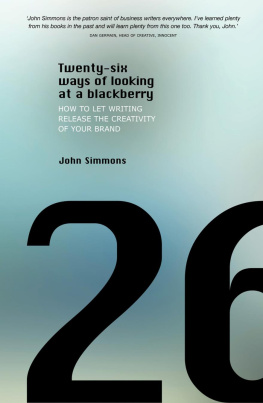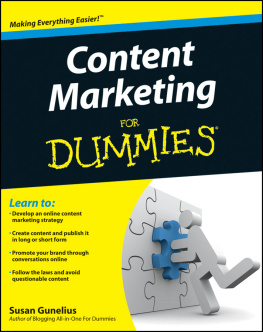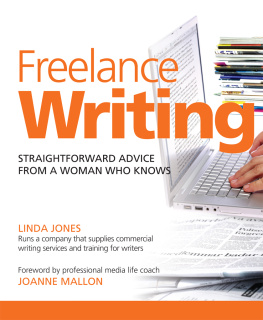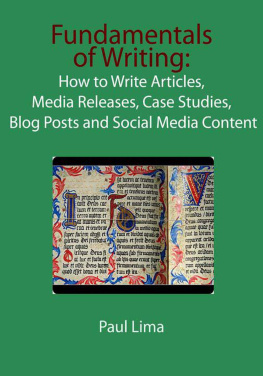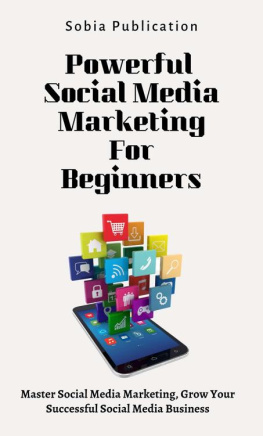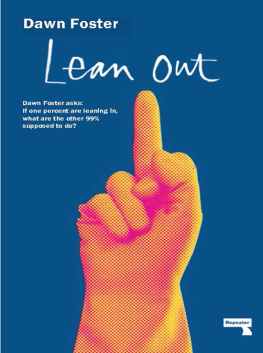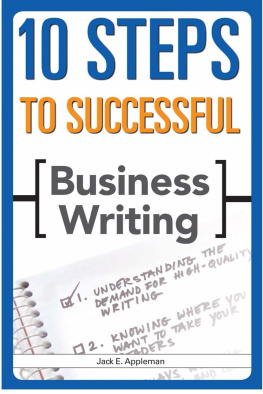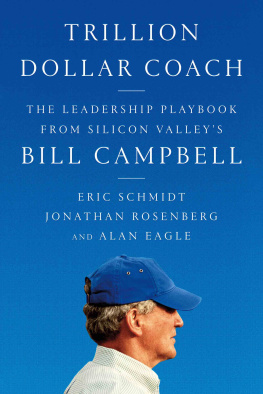THE
BEST
BUSINESS
WRITING
2014
Columbia Journalism Review Books
COLUMBIA JOURNALISM REVIEW BOOKS
Series Editors: Victor Navasky, Evan Cornog, Elizabeth Spayd, and the editors of the Columbia Journalism Review
For more than fifty years, the Columbia Journalism Review has been the gold standard for media criticism, holding the profession to the highest standards and exploring where journalism is headed, for good and for ill.
Columbia Journalism Review Books expands upon this mission, seeking to publish titles that allow for greater depth in exploring key issues confronting journalism, both past and present, and pointing to new ways of thinking about the fields impact and potential.
Drawing on the expertise of the editorial staff at the Columbia Journalism Review as well as the Columbia Journalism School, the series of books will seek out innovative voices as well as reclaim important works, traditions, and standards. In doing this, the series will also incorporate new ways of publishing made available by the Web and e-books.
Second Read: Writers Look Back at Classic Works of Reportage, edited by James Marcus and the Staff of the Columbia Journalism Review
The Story So Far: What We Know About the Business of Digital Journalism, Bill Grueskin, Ava Seave, and Lucas Graves
The Best Business Writing 2012, edited by Dean Starkman, Martha M. Hamilton, Ryan Chittum, and Felix Salmon
The Art of Making Magazines: On Being an Editor and Other Views from the Industry, edited by Victor S. Navasky and Evan Cornog
The Best Business Writing 2013, edited by Dean Starkman, Martha M. Hamilton, Ryan Chittum, and Felix Salmon
The Watchdog That Didnt Bark: The Financial Crisis and the Disappearance of Investigative Journalism, Dean Starkman
Beyond News: The Future of Journalism, Mitchell Stephens
The New Censorship: Inside the Global Battle for Media Freedom, Joel Simon
THE BEST BUSINESS WRITING 2014 |
Edited by Dean Starkman, Martha M. Hamilton, and Ryan Chittum |
Columbia University Press New York |
Columbia University Press
Publishers Since 1893
New York Chichester, West Sussex
cup.columbia.edu
Copyright 2014 Columbia University Press
All rights reserved
E-ISBN 978-0-231-53917-3
ISBN 978-0-231-17015-4
A Columbia University Press E-book.
CUP would be pleased to hear about your reading experience with this e-book at .
Cover Design: Noan Arlow
References to websites (URLs) were accurate at the time of writing. Neither the author nor Columbia University Press is responsible for URLs that may have expired or changed since the manuscript was prepared.
Contents
Introduction
Dean Starkman
I t is a commonplace to observe that journalism is going to hell in a hand basket. Its business model collapsing thanks to the intertubes, the newspaper industrythe backbone of American journalismis half the size it was a decade ago, with more than 15,000 reporters out on the street, in PR, or curating cat videos. The magazine business isnt doing much better. Yes, new digital-news organizations have arrived with different models, new forms, and fresh thinking. But these are, still, small players in the scheme of thingsyes, even Buzzfeedand the amount of labor-intensive fact gathering and painstaking writing they do is a drop in the bucket compared to what has been lost.
Business journalism, that distinctive subculture that deals with the worlds money and other knotty issues, is just part of the great mudslide. Fortune, Henry R. Luces brainchild launched on the eve of the Great Depression (1930), has cut back the number of its annual issues from twenty-five to eighteen. In 2014, the Forbes family sold control of the magazine it founded in 1917. The Wall Street Journal, swallowed by Rupert Murdochs giant News Corp. in 2008, has been spun off with the companys other print operations into an uncertain future. Businessweek, bought by Bloomberg LP, is still hemorrhaging cash, according to published reports. And so on and so forth.
And yet. Weve been doing this book for three years now, and I am here to testify: this is the best edition yet, by an order of magnitude, and the others were pretty darned good. I know I have an interest here, but just flip through the table of contents and see for yourself the extraordinary output from a brilliant array of writers. This book is called The Best Business Writing for a reason. There is some fabulous stuff from outlets that didnt exist a decade ago. Take, for instance, Jesse Eisingers maddening piece in ProPublica, the digital nonprofit investigative site, on prosecutors failure to hold Bank of America accountable for some of its myriad financial-crisis sins. And Steve LeVine writing for Quartz, the all-digital, all-business site, is brilliant in his meditative expos of the collapse of a battery startup that promised GM the first electric car with a 200-mile range, And I defy you to predict where John Gravois is taking us in his exploration of Californias artisanal toast craze (yes, you are reading that correctly) in Pacific Standard, relaunched in 2012 from the Miller-McCune magazine, itself of recent vintage.
Additionally, what we now call legacy media, what used to be called newspapers and magazines (and public radio), continue to astonish with stories of depth and insight, compelling narrative, unforgettable characters, and surprises. Vanity Fair, first published in 1913 (its current incarnation began in 1983), uses the development of Londons One Hyde Parkthe worlds most expensive apartment buildingto explore the London that tourists never see: the London that has become a haven for hiding untold billions from tax and law-enforcement authorities. This is indeed a Tale of Two Londons, and the epicenter is the City, a redoubt of financial power that is surprisingly insulated from the reach of regulation.
And the Boston Globe, founded by Yankee patricians in 1872, still uncorks scathing exposs like that of the industry of distortion in Washington. Its leading practitioner, the public-relations impresario Richard Berman, has mastered the art of half-truths and attack ads against popular nonprofits, activists, and consumer groups, on behalf of major industries that dont want to get their hands dirty. Is Wayne Pacelle the Bernie Madoff of the Charity World? one Berman-backed ad asks of the head of the Humane Society of the United States. The answer is, emphatically, No!, but as Michael Kranish explains, each charge Berman makes can be defended as accurate in the narrowest sense, while the overall picture is almost comically distorted. The Wall Street Journal (founded 1889), meanwhile, offers an epic look inside the empire of Bill Gross and his falling-out with his partner and presumed successor, Mohamed El-Erian, at the bond giant PIMCO. Looking for compelling anecdotes? Gregory Zuckerman and Kirsten Grind deliver, including this fight on the trading room floor: I have a forty-one-year track record of investing excellence, Mr. Gross told Mr. El-Erian, according to the two witnesses. What do you have? Im tired of cleaning up your s, Mr. El-Erian responded.
I can offer no sweeping insight into why this great journalism keeps happening, despite the wild upheaval in the media business and the vastly diminishing resources that underpin this kind of work. Maybe this rich output is the signal of a dramatic renaissance of business news. Perhaps its a final flourish before the entire media world dissolves into a miasma of celebrity gossip and listicles. All I can say is that great business journalism


